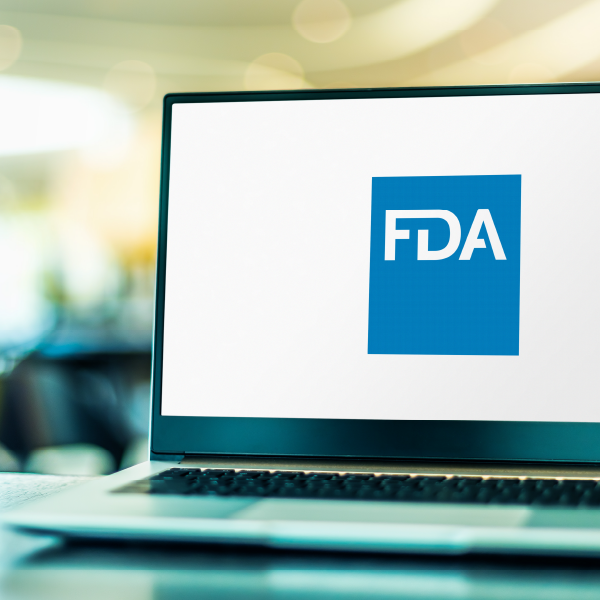Navigating the four types of clinical study reports

A Clinical Study Reports (CSRs) are critical documents that describe the methodology and results of a clinical trial in drug development. As of late, CSRs have been reviewed under a higher level of scrutiny as the U.S. Food & Drug Administration (FDA) announced a pilot program earlier this year to publish information from CSRs in an effort to increase transparency initiatives.
While the FDA has given clear guidance on the construct of a CSR, there are four different types of CSRs that sponsors typically use in various situations.
Type 1: Full CSRs
Full CSRs present a comprehensive clinical and statistical description of a sponsor’s study conduct. Additionally, a full CSR includes efficacy and safety data. This report is required if the study is to be used to support approval by a regulatory agency, such as the FDA or European Medicines Agency (EMA), or that support the information in the product label.
For phase 2 and phase 3 studies, an efficacy and safety CSR template can be used as long as it is International Council on Harmonisation of Technical Requirements for Registration of Pharmaceuticals for Human Use (ICH) compliant.
“While ICH guidelines for CSR organization focus on efficacy and safety studies, they can be adapted for phase 1 studies by substituting Pharmacokinetics/Pharmacodynamics for efficacy,” said Laura Alionte, Principal Medical Writer, MMS.
Generally, phase 4 studies share the ICH-compliant phase 2 and phase 3 CSR template as well. Standard components of an ICH-compliant CSR include:
- Title Page
- Synopsis
- Table of Contents (TOC)
- List of Abbreviations
- Ethics
- Study Administrative Structure
- Introduction
- Study Objectives
- Investigational Plan
- Study Subjects
- Results (Efficacy and/or Pharmacokinetics/Pharmacodynamics)
- Results (Safety)
- Discussion & Overall Conclusions
- End of Text Tables and Figures
- References
- Appendices
Type 2: Supplemental CSR
Supplemental CSRs provide additional detail to a full report of a study. This type of CSR does not contain all the sections as sponsors see in a full CSR. Alionte added, “In a supplemental CSR, there are instances where the text may refer the reader to the main, full CSR.”
The organization of a supplemental CSR will vary, but generally includes:
- Introduction
- Objectives
- Methods
- Results
- Discussion
- Conclusions
Supplemental CSRs may be created for a variety of reasons. This may include planned, but not primary, analyses that were not completed in time to be included in the full CSR, unplanned exploratory analyses, or cross-study analyses.
Type 3: Abbreviated CSR
Abbreviated CSRs are condensed versions of the full CSR, and are generally used for studies not intended to support the efficacy claim for the dose, regimen, population, or indication. These types of CSRs usually contain abbreviated methods and efficacy, but almost always include comprehensive safety.
An abbreviated CSR may be acceptable for one of these four cases:
- Controlled studies examining conditions clearly unrelated to the main drug claim (i.e. failed indication)
- Uncontrolled studies or other studies not designed to establish efficacy (i.e. studies with different indication or dosage forms that are not being registered)
- Seriously flawed or aborted studies, including unsuccessful pivotal studies agreed by the FDA to be abbreviated
- Open-label extensions, including total exposure
“In any case, a full description of safety should always be included in an abbreviated CSR,” said Alionte. “Abbreviated reports that are submitted should incorporate enough detail of the design and results to allow a regulatory agency to determine whether a full report may be needed.”
Type 4: Synoptic (or Synopsis) CSR
For the fourth type of CSR, Alionte noted that Synoptic CSRs “can be used in any study that is not relevant to the evaluation of efficacy or clinical pharmacology, but is needed for the full evaluation of safety.”
Synoptic CSRs include summarized disposition/clinical pharmacology/efficacy data from the clinical study and may be acceptable for:
- Different indications and dosage forms not being registered
- Early safety and tolerability studies, or early bioequivalence studies with early dosage forms
- Studies with inadequate design and conduct, uncontrolled studies, or incomplete and discontinued studies
- Project and indication close-out reports
- Expanded synopsis with full safety data or publications with full safety data included or attached and efficacy only as desired or relevant
Synoptic reports usually do not contain any in-text tables unless study/reference drugs or serious adverse events (SAEs) need a table.
For questions on the types of CSRs, templates, or medical writing in general, request a meeting with Laura Alionte here.











